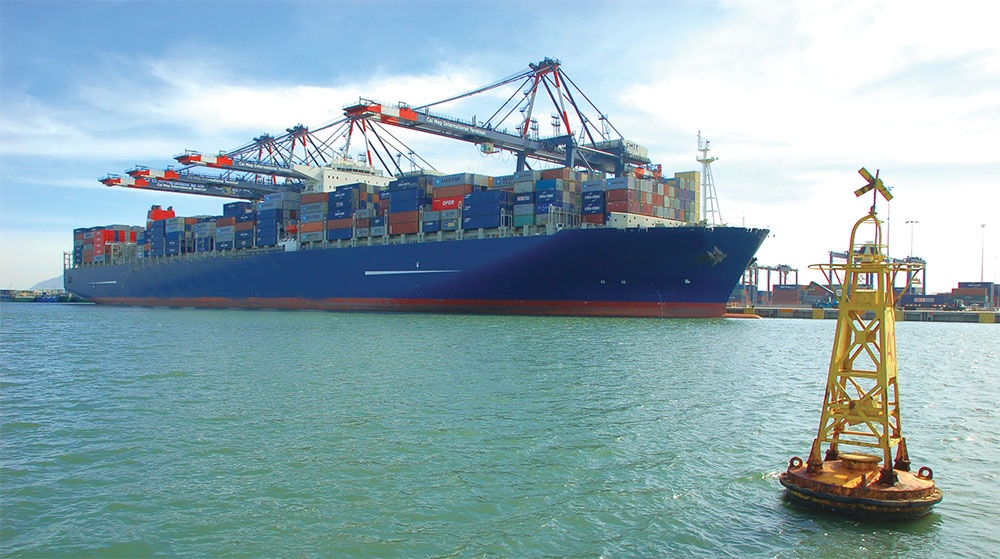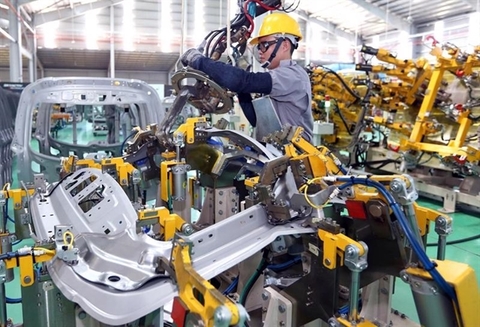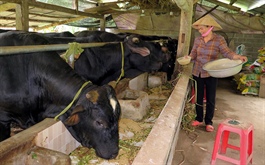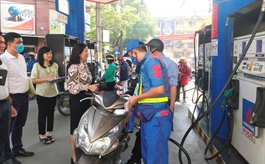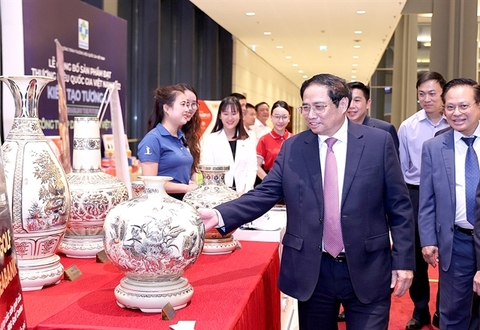Corporations show interest in green industrial zones
Corporations show interest in green industrial zones
Vietnam is pushing ahead to attract leading global corporations, raising attention in integrated eco-industrial zones. Kim Ki Moon, director of YSL Group – the investor of the Green Park Vinh Phuc project – told VIR’s Oanh Nguyen about the important factors in forming green industrial zones
What do think about the change in foreign-invested capital inflow to Vietnam over the past years?
Looking back over 30 years, it is easy to see that the foreign-invested capital inflow to Vietnam has improved in quantity and quality. In the first period when Vietnam started to welcome foreign investors, major foreign direct investment (FDI) was poured into garments and textiles, and leather shoes, which did not generate high added value and simultaneously caused pollution. After that, the FDI inflow in terms of electronics was increased.
Vietnam is increasingly attracting big foreign-invested groups and making sustainable development a priority, which drives capital inflows for high-quality, green, and renewable projects. When these enterprises look for investment opportunities, they put green industrial complexes on the top of their wish list.
The transition in investment project quality also requires the upgrade of infrastructure and facilities in industrial zones (IZs) to meet the investor’s strict requirements. It is why more and more real estate developers foster investment in green investment parks.
When YSL had plans to build Green Park Vinh Phuc, we targeted multinational groups from all over the world, especially investors from the EU. Thus, we designed an IZ with modern land and properties for investors in high-value-added fields such as electrical equipment, data centres, and logistics.
The FDI from the EU and the United States is modest, and we understand that geographical distance can be a barrier for Vietnam to attract investment from these markets. However, in reality, investment into these markets is much bigger because many projects have been implemented through third countries, such as Singapore. Thus, we see that the potential for attracting green investment capital inflow is very significant.
What are the most important criteria for forming green IZs?
The installation of rooftop solar power systems for facilities and taking advantage of treated wastewater are the two most crucial factors in establishing an eco-industrial parks.
Investing in this area is effectively a new funding channel and there is a lack of specific guidelines. Procedures are complicated and take a long time to complete. For example, the procedures for the licence to install rooftop solar power panel systems are very complex.
During the design process, we also calculated how tenants could take advantage of the maximum power from the rooftop panel systems of each other. If a company’s power generated by the rooftop system exceeds its demand, it can sell the surplus to other companies in the IZ. However, such work is still waiting for the licence.
Despite some barriers, we are lucky that the authorities are always willing to support YSL in dealing with difficulties and create the most favourable conditions for us to complete procedures. The authorities have also committed to accompanying YSL during the investment process. We anticipated most problems. Everything is under our control, and the project process matches plans.
Many industrial real estate developers complain they have yet to take advantage of treated wastewater because current regulations are not clear. What do think about this problem?
During the design process, we tried to maximise this precious resource. There has no specific guide for irrigation and daily life, but we will use the maximum amount of treated wastewater for cooling towers and flush toilets, which require a large volume of water.
At IZs being designed or constructed, it is more convenient to take advantage of this water source because they have the particular pipeline systems on the initial design. While at traditional IZs, reusing the treated wastewater for the cooling system is limited because the pipeline system is fixed.
What are your proposals to encourage investment in green IZs?
As I said, the rooftop solar power system is the backbone of creating one. Currently, the number of electricity-generating solar panel manufacturers is modest, and the tax tariff for imported parts for producing panels is high.
Thus, to have a stable panel supply source for eco-industrial parks, we expect the government will offer more incentives for ventures and panel investors to encourage them to expand. The government can also consider applying tax incentives for imported parts.






